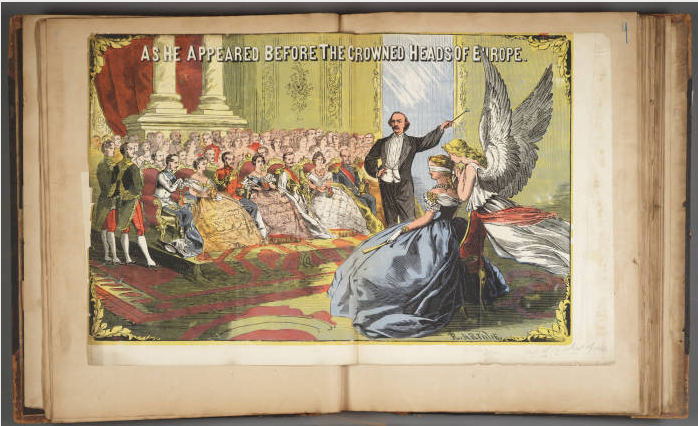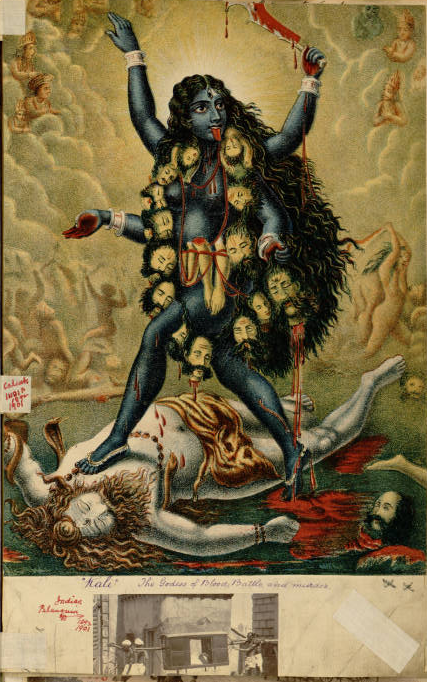Stephen Sondeim’s “Send in the Clowns,” like the much mangled “Memory” from the much maligned musical CATS, has weathered any number of ill-advised interpretations.
The show-stopping solo from 1973’s A Little Night Music’s reference to clowns is not meant to be literal, but that didn’t stop the Muppet Show from sending a trio of them in to back Judy Collins. Frank Sinatra peeked around on every chorus, as if he’d yet to come to grips with the fact that Bozo wouldn’t be popping up on cue.
It’s misinterpretations like these that set composers spinning in their graves, but Sondheim is still very much in the game. His approach to musical theater continues to be exacting, no doubt nerve wracking, though the Guildhall School of Music and Drama student he’s fine-tuning in the video above bears up bravely.
She’s a couple of decades too young to play Desiree, whose unsuccessful attempt to woo an old lover away from his teenage bride occasions the song, but no matter. Her adjustments show the dividends a close reading of the text can pay.
See what you can do with Sondheim’s advice next time you’re singing in the shower, the only place private enough for me to believe I’m doing credit to his oeuvre. Those of us who can’t sing can take heart knowing that the original Desiree, Glynis Johns, couldn’t either, at least by the master’s usual standards. The song’s uncharacteristically short phrasing allowed her to shine as an actress, and deflected from any vocal shortcomings.
Here are the lyrics. If you need further inspiration, watch Ingmar Bergman’s Smiles of a Summer Night, on which A Little Night Music is based.
Those who are more director than diva may prefer to evaluate the performances below. In my opinion, at least one of them merits a firm rap on the knuckles from Maestro Sondheim for excessive wallowing. (Hint for those whose time is short: we’ve saved the best for last.)
Judi Dench, Desiree in the 1995 Royal National Theatre revival, performing at the BBC Proms 2010, in honor of Sondheim’s 80th birthday.
Glenn Close, another Night Music vet at Carnegie Hall.
Carol Burnett stuck close to the spirit of the original in a non-comic sketch for her 1970’s variety show, costarring the late Harvey Korman.
Bernadette Peters, the 2010 Broadway revival’s Desiree, at Southern Methodist University. Her accompanist seems pretty happy with this performance.
Dame Judi again, showing us how it’s done, in costume on the edge of a giant red bed, with Laurence Guittard as Frederik. Have a hankie ready at the 3:10 mark.
Related Content:
David Lynch Teaches Louis C.K. How to Host The David Letterman Show
What Books, Movies, Songs & Paintings Could Have Entered the Public Domain on January 1, 2014?
Ayun Halliday is the musically ungifted Bride of Urinetown. Follow her @AyunHalliday






